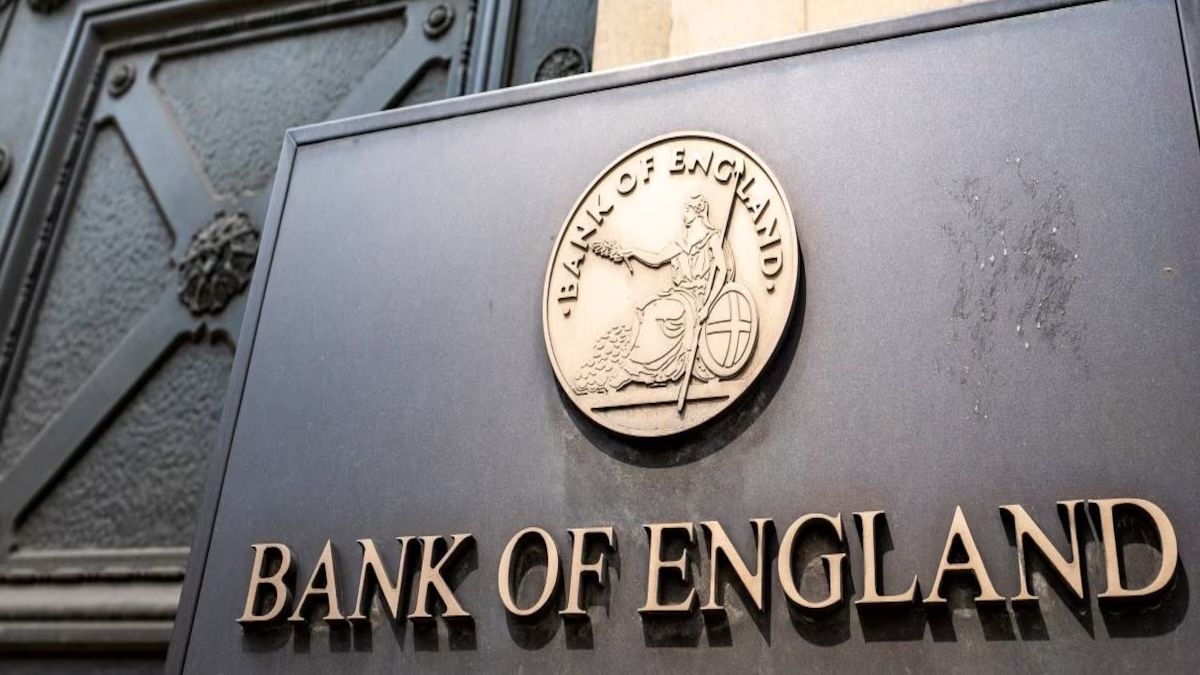
Advertisement
Following the Bank of England’s first interest rate cut in over four years, major UK lenders have begun reducing their mortgage rates. The BOE lowered its Bank Rate to 5% from a 16-year high of 5.25% on Thursday.
Lenders such as HSBC, Santander, and Nationwide have immediately cut borrowing costs. Tracker mortgage holders, whose rates are tied to the BOE’s base rate, will see their repayments reduced. Barclays, Santander, Metro Bank, Lloyds, Halifax, Nationwide, and HSBC have all decreased their rates by 25 basis points.
Standard variable rate (SVR) mortgages will also benefit from the rate cut. Starting in September, Santander will lower its SVR from 7.50% to 7.25%, Lloyds from 7.25% to 7.0%, and Halifax from 8.74% to 8.49%.
Although tracker and SVR mortgages make up a small portion of the UK market—643,000 and 624,000 respectively out of 8.39 million total residential mortgages—analysts expect that reductions will soon affect the 6.93 million households on fixed-rate mortgages. Last week, Nationwide offered a sub-4% deal on its five-year fixed-rate mortgages in anticipation of the BOE’s policy shift.
David Hollingworth of L&C Mortgages predicted further pricing improvements as lenders compete for market share. Laura Suter from AJ Bell also expects other lenders to follow, viewing the BOE’s decision as the start of a rate-cutting cycle.
While initial savings for homeowners are modest—averaging around £28 per month for tracker rates—the reductions are expected to enhance confidence in the housing market. This could potentially encourage more buyers to enter the market. Savills forecasts a 2.5% increase in house prices this year due to rising buyer activity.
Despite the rate cut, the BOE’s decision was made by a narrow 5-4 majority, and the central bank has indicated it will proceed cautiously. Some analysts, such as Suren Thiru from ICAEW, caution that this rate cut might not signal a major shift in monetary policy and further significant savings might take time to materialize.
